Travel has the power to connect, inspire, and even transform us. From the crashing waterfalls of Newfoundland to the sawtooth spires of the Italian Dolomites, the world is full of wonders waiting to be explored. However, as we venture out, it's crucial to consider the impact of our travels. The past year has highlighted the potential for tourism to overwhelm and even harm the places we love. In response, many destinations are now imposing new restrictions to mitigate the negative effects of overtourism. In this guide, we highlight destinations experiencing the opposite phenomenon—places that are not only welcoming visitors but also using tourism to support local communities, protect the environment, and preserve unique cultural heritage.
1. Dominica
Ever wanted to swim alongside sperm whales? Dominica now offers this incredible experience in an ethical, sustainable way. The Caribbean island has established the world's first sperm whale reserve, a protected marine area designed to safeguard these majestic creatures. Limited permits ensure intimate, respectful encounters, allowing visitors to share the water with these incredible cetaceans while contributing to research and creating sustainable tourism opportunities for local residents.
New for 2025, expanded infrastructure includes digital immigration forms and a cable-car system taking riders from Roseau Valley up to Boiling Lake, one of the world's largest thermal springs. Access to the island has never been easier, with new direct flights from Newark and several new hotels opening, including the six-star Hilton Tranquility Beach Resort and Spa. Dominica is also home to Project CETI, an international effort to decode whale language, led by National Geographic Explorer David Gruber. Visitors can explore hidden gorges, towering waterfalls, and feast on local cuisine at unique eateries like the farm-to-table Lacou. Dominica isn't just a destination—it's a movement to support eco-tourism that balances biodiversity conservation with economic growth.
2. Naoshima, Japan
Home to one of Yayoi Kusama's iconic yellow, polka-dotted Pumpkin sculptures, Naoshima has become a must-see destination for contemporary art and architecture enthusiasts. Once known for its copper smelting industry, the island's transformation is thanks to Benesse Art Site Naoshima, which has created major museums and site-specific artworks in the scenic Seto Inland Sea.
Spring 2025 sees the opening of the Naoshima New Museum of Art, designed by award-winning architect Tadao Ando. This new showcase for works by Asian artists will be a major highlight of the Setouchi Triennale, with events and unveilings of artwork scattered across 17 islands and coastal areas. The festival, scheduled over 100 days and split between spring, summer, and autumn, is the largest iteration since it began in 2010. Memorable places to stay include Roka, a contemporary-styled ryokan on Naoshima, and the elegantly minimalist Espoir Inn on Teshima.
3. The Dolomites, Italy
Italy's ruggedly beautiful Dolomites are synonymous with family fun and luxury holidays. The stunning sawtooth limestone cliffs sprawl across the regions of Veneto, Trentino-Alto Adige/Südtirol, and Friuli-Venezia Giulia, attracting vacationing Italians each year for their exquisite villages, world-class skiing, and Alpine cuisine. This classic Italian playground is often overlooked by overseas visitors, but that's all poised to change.
The "Queen of the Dolomites," Cortina d'Ampezzo, is co-hosting the 2026 Winter Olympics. Preparations throughout 2025 include a vast series of infrastructure improvements, with expanded ski lift networks and new cable cars, lifts, and gondolas. But the Dolomites are a thrilling destination in all seasons. Visit in spring, summer, or autumn to enjoy excellent trails like the new Cammino Retico (The Rhaetian Way), a 170km trail connecting remote villages. For pure relaxation, the luxury Aman Rosa Alpina hotel will have its grand reopening in 2025.
4. Greenland
Stunning hiking, whale watching, dog sledding, and the magical aurora make Greenland a bucket-list destination. However, reaching this Arctic wonderland has traditionally been remote, expensive, and time-consuming. With the opening of a new international airport in the capital city of Nuuk and two more following in 2026, getting to Greenland has never been easier.
Greenland is welcoming mindful adventure travelers who respect its incredible nature and unique Inuit culture. The country has adopted a pledge "towards better tourism," with a new law steering funds from tourism towards local communities. Nuuk, a modern town with a historic waterfront, is a launchpad for hiking, fishing, and glamping trips. Further north, visitors can discover the jaw-dropping icebergs of Disko Bay and the UNESCO-recognized Ilulissat Icefjord.
5. Wales
Though just one-sixth the size of England, Wales is filled with stunning national parks, medieval castles, and virtually no crowds. In 2025, Wales is celebrating the Year of Croeso ("Welcome"), showcasing Welsh culture, language, and attractions while inviting visitors to "Feel the hwyl"—a deep state of joy that comes from being immersed in the moment.
Wales has positioned itself at the forefront of sustainable, culturally focused travel. Tourism has helped revive the Welsh language, and the nation is investing in a £5 billion program to make destinations more environmentally sustainable. As part of its Year of Croeso, Wales is investing in mobility bikes to help adventure-seekers explore its wild side. The Wales Coast Path, the only hiking path that runs the entire length of a country's coastline, offers unparalleled access to natural beauty.
6. Western Newfoundland and Labrador, Canada
Labrador, the mainland portion of Newfoundland and Labrador, is a vast, rugged region known for its windswept coastal villages, towering icebergs, subarctic forests, and massive waterfalls. In 2025, the completion of the last stage of the 1,200km Trans-Labrador Highway transforms this remote landscape into a more accessible destination.
The new circular route connects Labrador with five Canadian provinces, offering detours into the US and even France. To encourage sustainable tourism, the Canadian government has invested $180 million into Parks Canada sites in Western Newfoundland and Labrador. New attractions include a visitor center at Red Bay National Historic Site, enhanced ecological protections at L'Anse aux Meadows, and new interpretive exhibits at Gros Morne National Park.
7. Tucson, Arizona, USA
Tucson has a lot to celebrate in 2025. This year marks the 10th anniversary of its UNESCO City of Gastronomy distinction and the 250th anniversary of the city's founding. Originally part of Mexico, Tucson will celebrate its unique multi-national history with a free event featuring traditional Mexican music and dancing.
Visitors can explore Tucson's desert hiking trails and historic buildings, like the 250-year-old San Xavier del Bac. The city's gardens reveal an even richer history: they are the oldest continuously cultivated soil in the US. Diners can immerse themselves in the city's unique food scene at certified restaurants or Heirloom Farmers Markets, which feature local ingredients such as chiltepin chilis and prickly pear.
8. Western Australia
Known as the world's most isolated big city, Perth is positioning itself as Australia's western gateway. With new connections to Asia and a $5 billion redevelopment of Perth Airport, Western Australia (WA) is poised to become a must-visit destination in 2025.
WA's vast landscapes span more than 2.5 million sq km, encompassing 12,500km of pristine coastline, bubblegum-pink lakes, horizontal waterfalls, and wineries. Sustainability-minded travelers can explore it all on the new 6,600km Electric Vehicle Highway, the world's longest EV charging network. WA is also championing its rich cultural heritage through the A$20 million Jina Aboriginal Tourism Action Plan, which supports authentic Indigenous-led experiences.
9. Sri Lanka
From misty hilltop tea plantations and roaming wild elephants to ancient temples and rolling surf, Sri Lanka ticks many boxes. In 2022, the country faced bankruptcy, but a new president aims to rebuild its fortunes through tourism. New attractions include the opening of a seven-star hotel in Kandy, a new family villa with an oculus for stargazing, and a $1 billion megaresort in Colombo. The nation has also launched the Good Travel Seal initiative, celebrating local businesses that adopt sustainable practices.
Visitors can take a legendary train ride into the mountainous interior or discover a new generation of mixologists in Colombo and Galle. The island has also opened the 300km Pekoe Trail, which takes hikers through tea plantations and rural villages. For those who want to cover more ground, an innovative startup allows travelers to self-drive a tuk-tuk across the island, with the money going directly to the owner.
10. Panama
This year marks the 25th anniversary of Panama's sovereignty over the Panama Canal. As President-elect Donald Trump hints at the possibility of using military force to reseize it, a series of new permanent exhibits at the Museo del Canal highlighting its path to Panamanian rule feels especially timely. Yet, there's more to see in this nation of vast jungles, idyllic islands, and mountainous forests beyond the canal.
In 2024, the Meaningful Travel Map to Panama launched to make it easier for visitors to find locally led travel experiences. After embarking on a walking tour through Panama City's Casco Antiguo and El Chorrillo neighborhoods, head southwest to the La Pintada district, where artists weave fibers to make traditional Panama hats by hand. In El Valle de Anton, take a hike through a lush cloud forest on the Cerro Gaital Lookout Trail, where you can see both the Pacific Ocean and the Caribbean Sea on a clear day. This newly opened path is part of Panama's ongoing 1,000 km of Trails project, which seeks to boost sustainable tourism in rural communities while bringing hikers face to face with Panama's staggering biodiversity.
11. Rif Mountains, Morocco
Morocco's Al Haouz earthquake in September 2023 devastated parts of Marrakech and the Atlas Mountains, severely impacting tourism. As the country rebuilds its tourism infrastructure in preparation for co-hosting the 2030 FIFA World Cup, the nation aims to double its tourist arrivals in the next five years. Bypass the crowds by taking a road trip through the Rif Mountains in Morocco's less-frequented northern region.
The planned 2025-2027 expansion of Morocco's High-Speed Rail network will create new train lines, including a link from Rabat to the ancient, 1,300-year-old walled city of Fez. From Fez, it's a 65km drive north to Moulay Idriss, an ancient hilltop village once closed to non-Muslims. Pass through olive and almond groves and mountain villages for a stop in Ouezzane—a center of Sufism—then continue north to Talassemtane National Park to hike through cedar forests, climb craggy red peaks, and dive into natural swimming holes. Further north is the town of Chefchaouen, known as the "Blue Pearl" for its blue-painted buildings and streets. Finally, cruise along Morocco's northern coast, unwinding in sleepy Mediterranean fishing villages like El Jebha and the white-washed Spanish colonial buildings of Tetouan.
12. Bradford, England
Bradford's diversity of offerings reflects the eye-opening variety of a city whose historic enclaves, like Little Germany, are complemented by a landscape of dramatic moors. A special energy also comes from the local residents, who represent diverse backgrounds. Bradford's historic streets and rugged country setting helped the city become Britain's first UNESCO City of Film, a setting for screen hits including BBC series like Peaky Blinders and Gentleman Jack, and classic films like The Railway Children and Wuthering Heights.
In 2025, Bradford is named the UK City of Culture, with an interactive cookbook project celebrating recipes from local communities. The city's commitment to sustainability and cultural heritage makes it a destination to please all tastes.
13. Jordan
Home to breathtaking desert landscapes and the ancient capital of one of history's most mysterious civilizations, Jordan is a wonder. But take a closer look, and you'll find that the country has been quietly building up its reputation as the Middle East's go-to destination for outdoor adventure-seekers. In 2023, a stunning new 10-day, 120km-long hiking path known as the Wadi Rum Trail opened, weaving through the rust-red walls of Jordan's iconic Wadi Rum.
Visitors have traditionally breezed through the desert on 4x4 tours, but this community tourism project promotes a slower, more sustainable form of travel that protects the desert's delicate ecosystem while safeguarding the rich cultural heritage of the local Bedouin community. Elsewhere, Jordan is teeming with protected land and marine ecosystems. At the Wadi Mujib Biosphere Reserve, visitors can search for the elusive Nubian ibex while climbing, swimming, and sliding their way through a sandstone gorge to the base of a crashing waterfall. The Dana Biosphere Reserve, Jordan's largest, is home to 180 bird species and 25 endangered mammal species. The rich coral reefs of the Aqaba Marine Reserve support more than 500 fish species and a growing diving scene.
14. Haa Valley, Bhutan
Almost completely isolated from the outside world for centuries, Bhutan has become a global leader in sustainability. The Haa Valley, a pristine forested district along Bhutan's western frontier with Tibet, has long been the country's best-kept secret. This forgotten corner of the Thunder Dragon Kingdom was the last district to open to foreigners in 2002, and today, fewer than 2% of international travelers visit, despite being a yak's graze from Paro International Airport.
Travellers can explore Haa's raw beauty through the newly restored 400km Trans Bhutan Trail, the freshly-added 11km Haa Panorama Trail, and the two-day Joy Bay Tsho Trek. Haa's commitment to sustainable tourism means you'll find locally run homestays offering glimpses into centuries-old rural life. Two distinct, low-impact accommodations have also opened: the community-run Katsho Eco Camp and the luxury Sangwa Camp. With Bhutan's Sustainable Daily Fee halved through 2027 (now $100), this once-secluded paradise is more accessible while remaining just as committed to low-impact tourism.
15. Hawaii, USA
More than a year after a series of deadly wildfires devastated Maui, the entire state is experiencing a dramatic downturn in visitors. As families and local businesses continue to rebuild, they're asking travellers to return, but to do so responsibly. Thoughtful, responsible visitors are welcome back with open arms, helping to support the local economy and contribute to recovery efforts.

By Noah Bell/Feb 25, 2025

By Natalie Campbell/Feb 25, 2025

By Laura Wilson/Feb 25, 2025
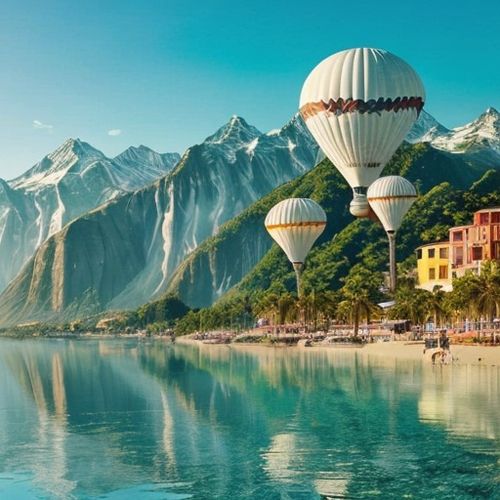
By John Smith/Feb 25, 2025
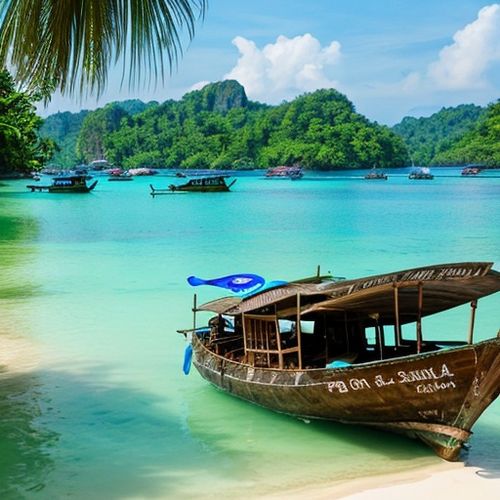
By Lily Simpson/Feb 25, 2025
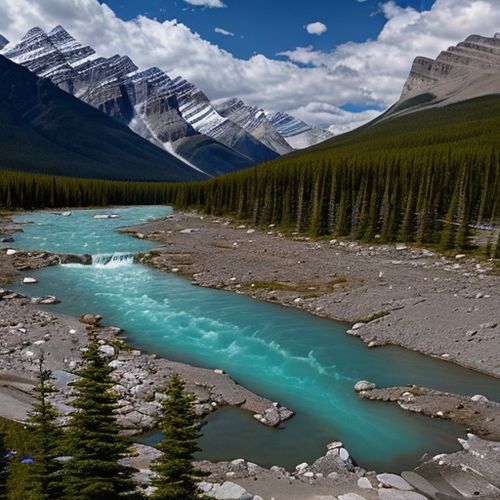
By Jessica Lee/Feb 25, 2025

By John Smith/Feb 25, 2025
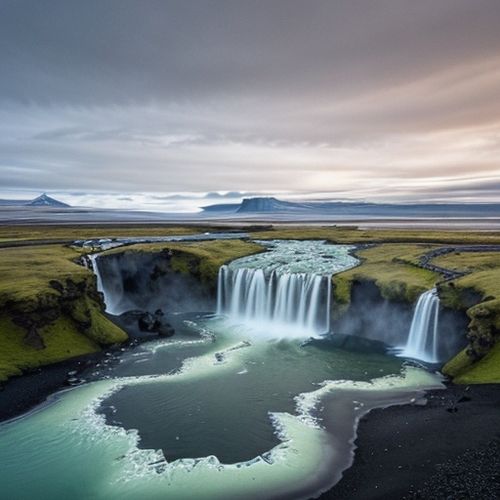
By Rebecca Stewart/Feb 25, 2025
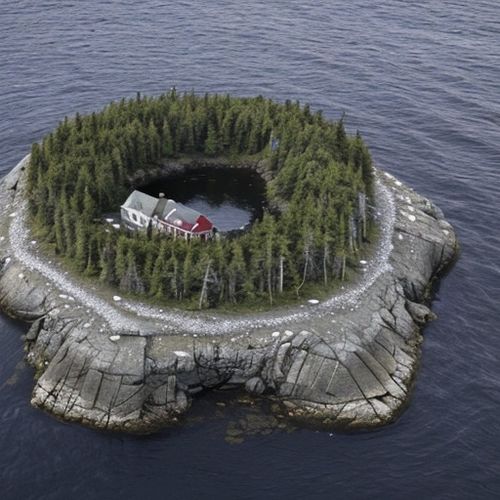
By Rebecca Stewart/Feb 25, 2025
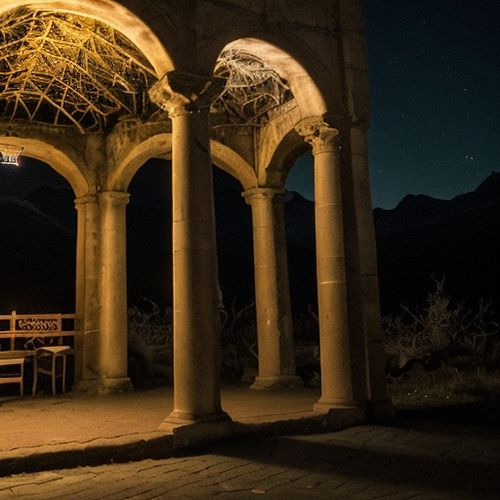
By Daniel Scott/Feb 25, 2025
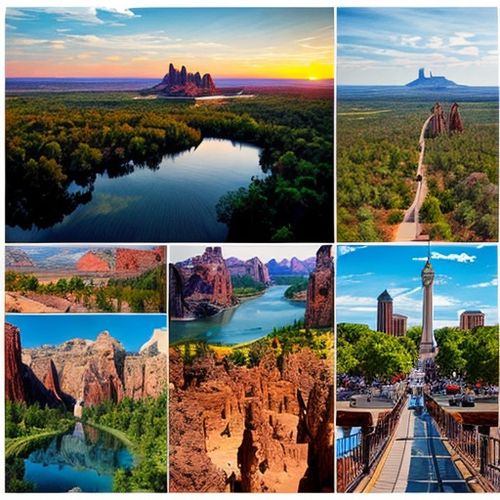
By Ryan Martin/Dec 23, 2024
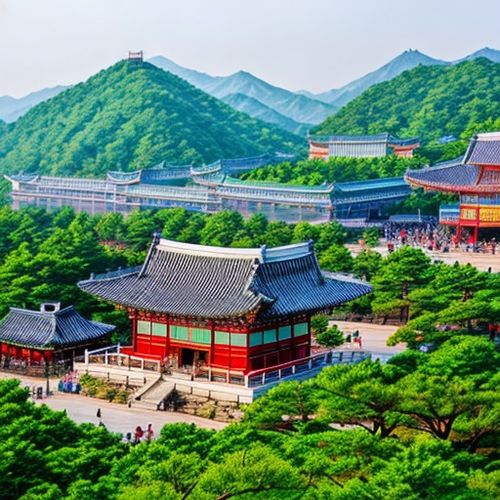
By Emma Thompson/Dec 23, 2024
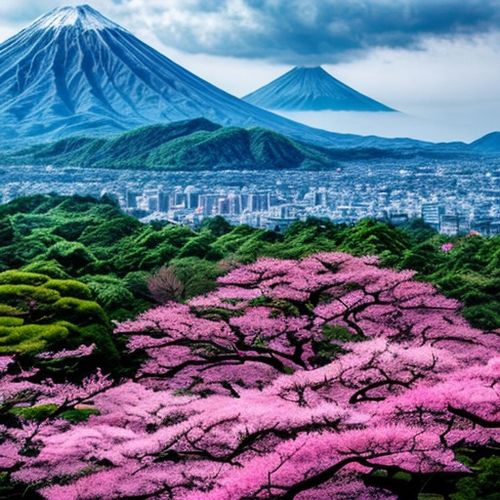
By Sophia Lewis/Dec 23, 2024
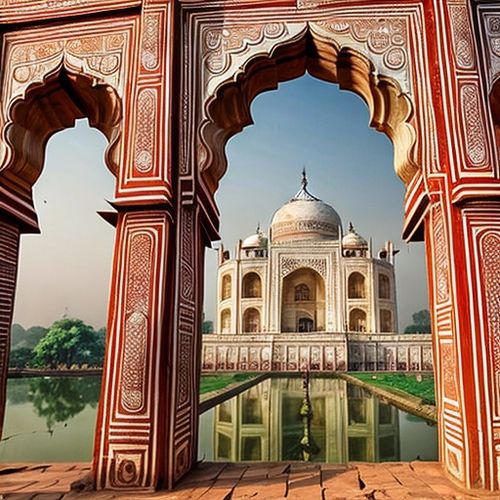
By James Moore/Dec 23, 2024

By Benjamin Evans/Dec 23, 2024
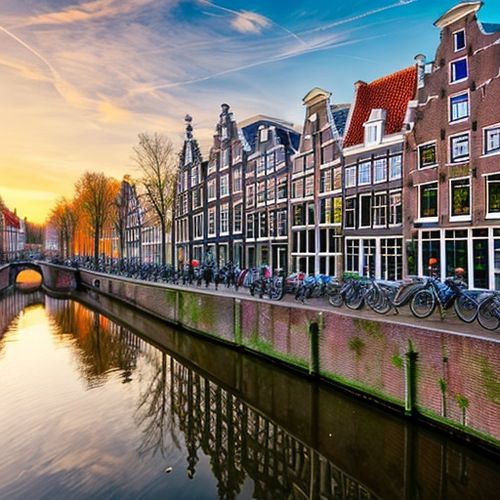
By John Smith/Dec 23, 2024
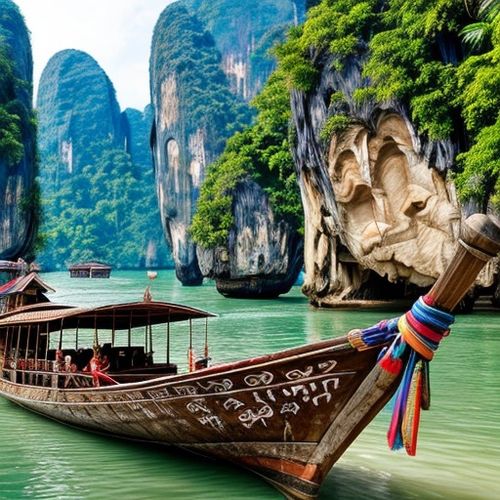
By William Miller/Dec 23, 2024
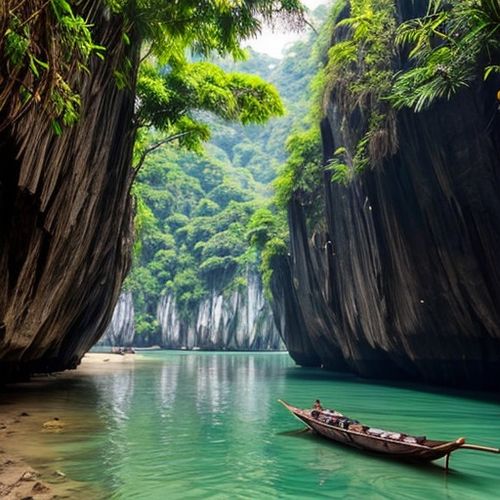
By Michael Brown/Dec 23, 2024